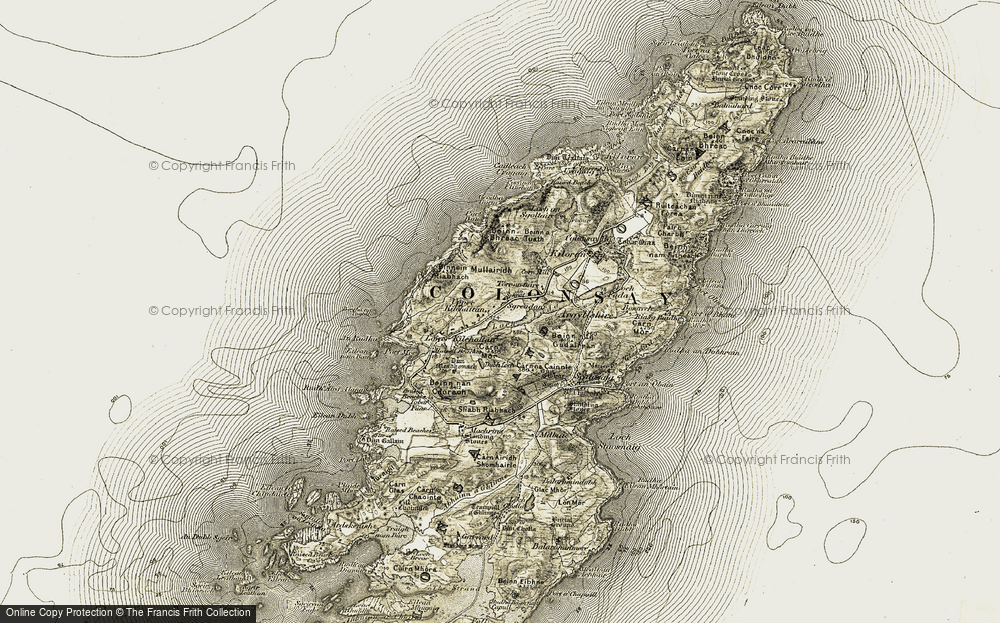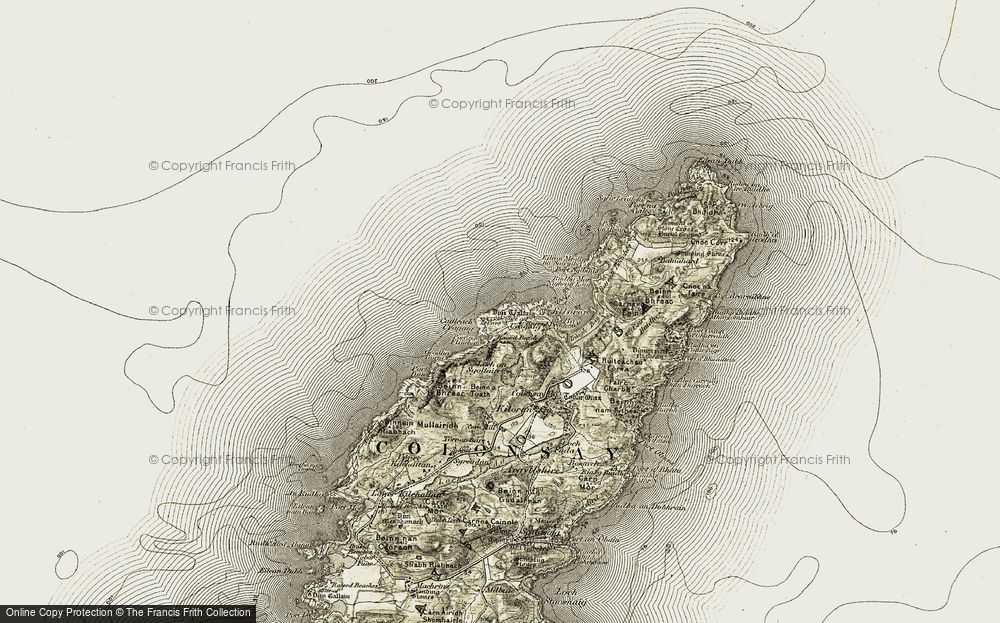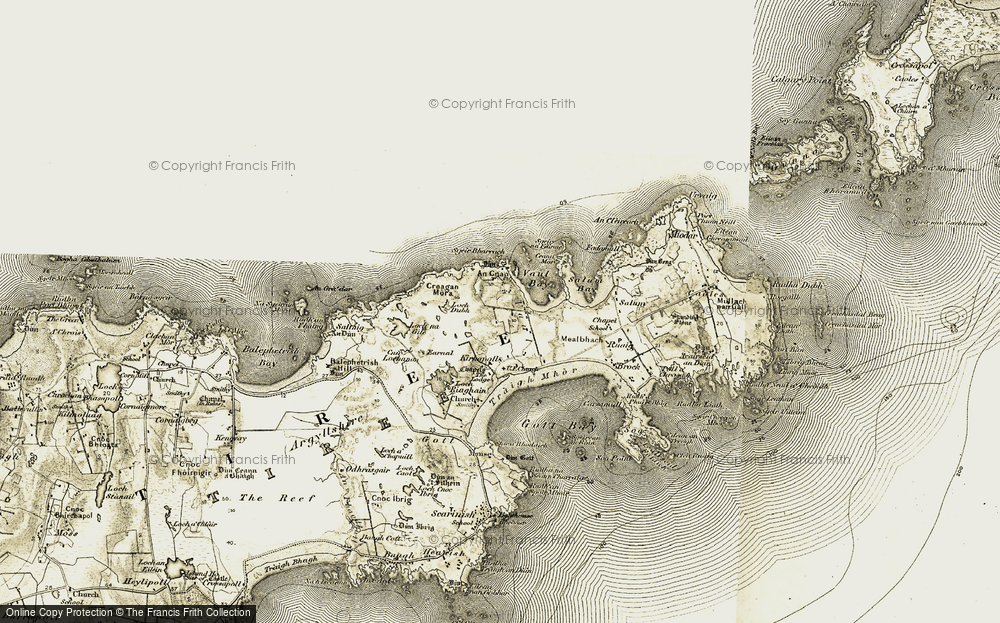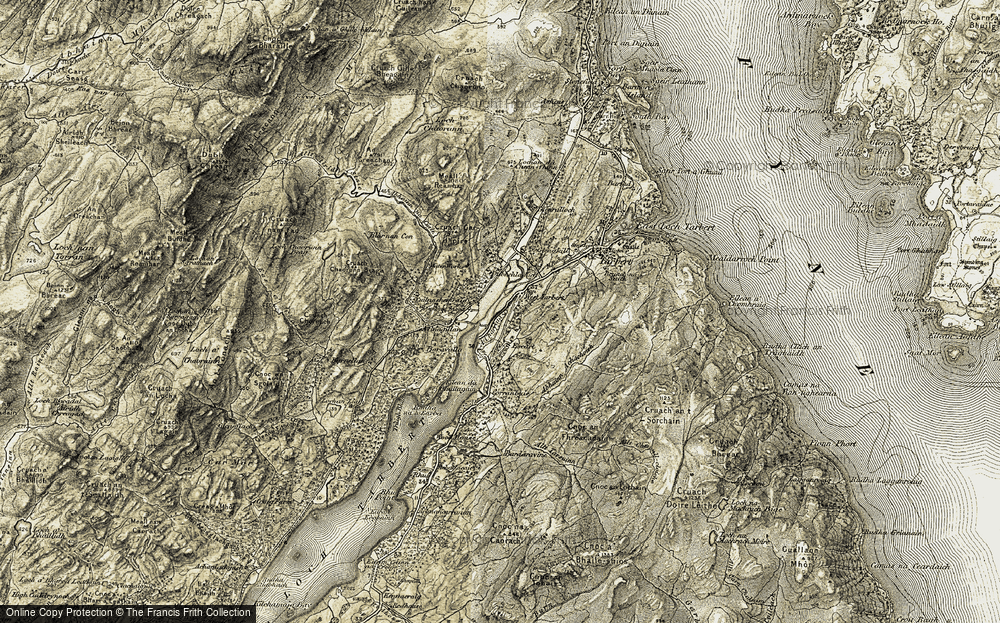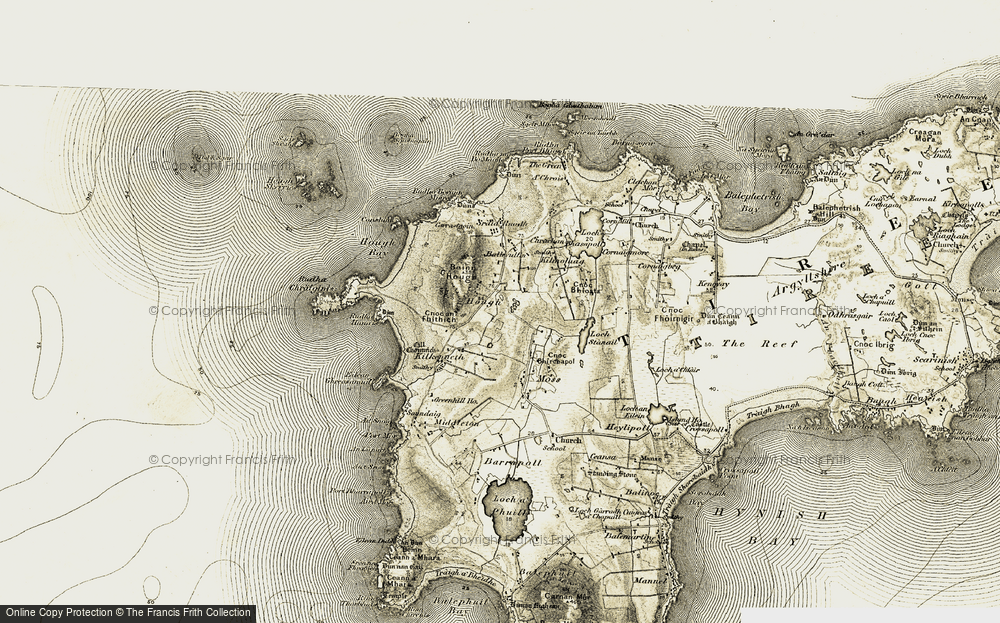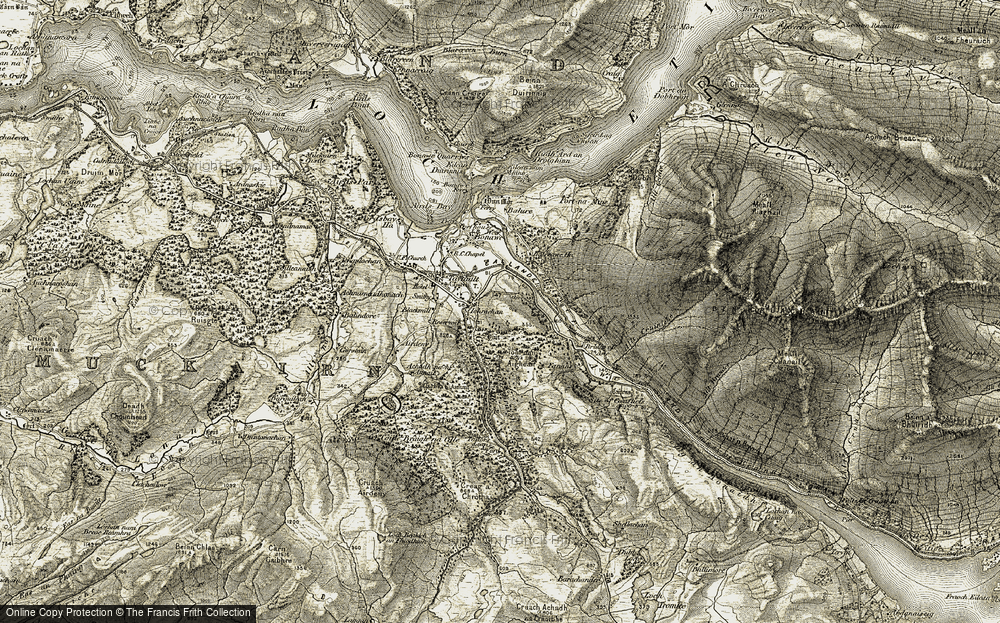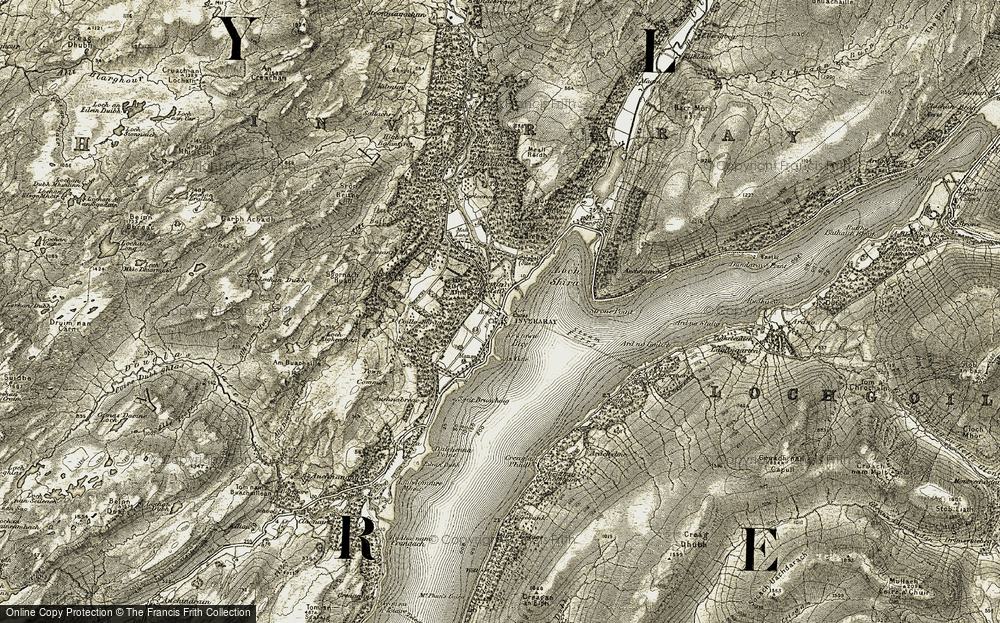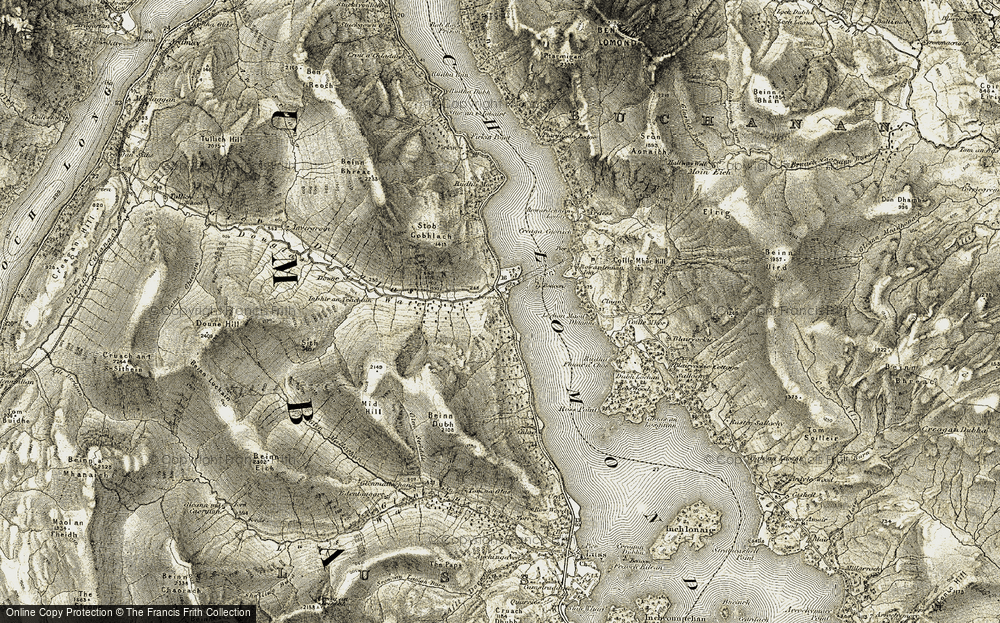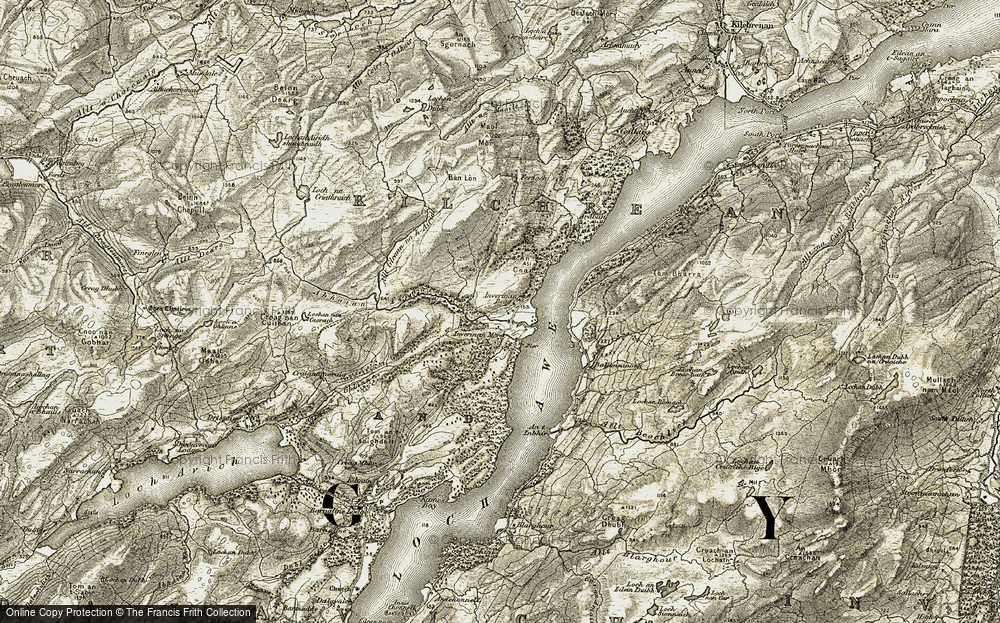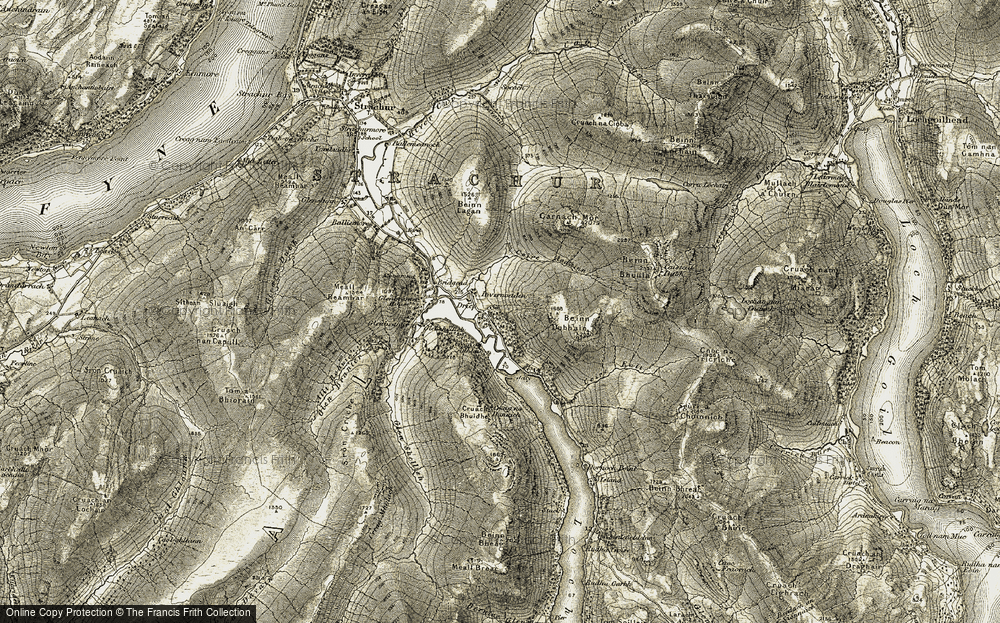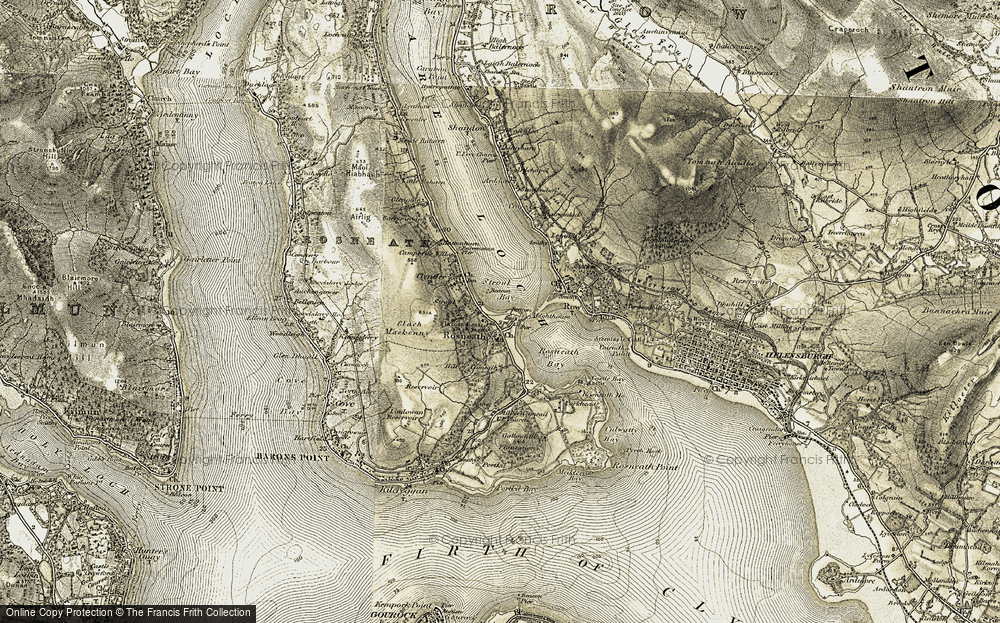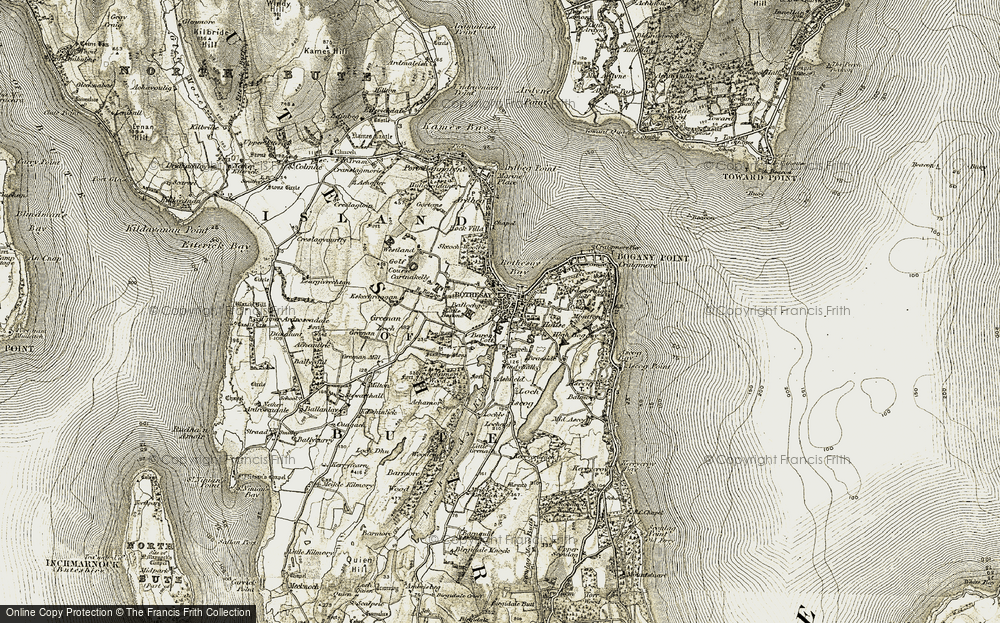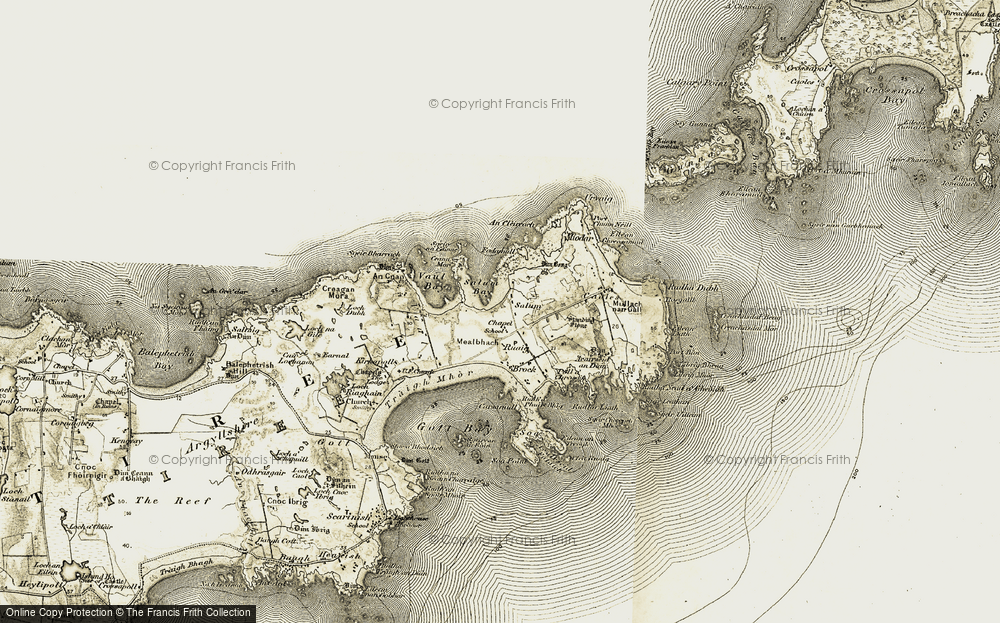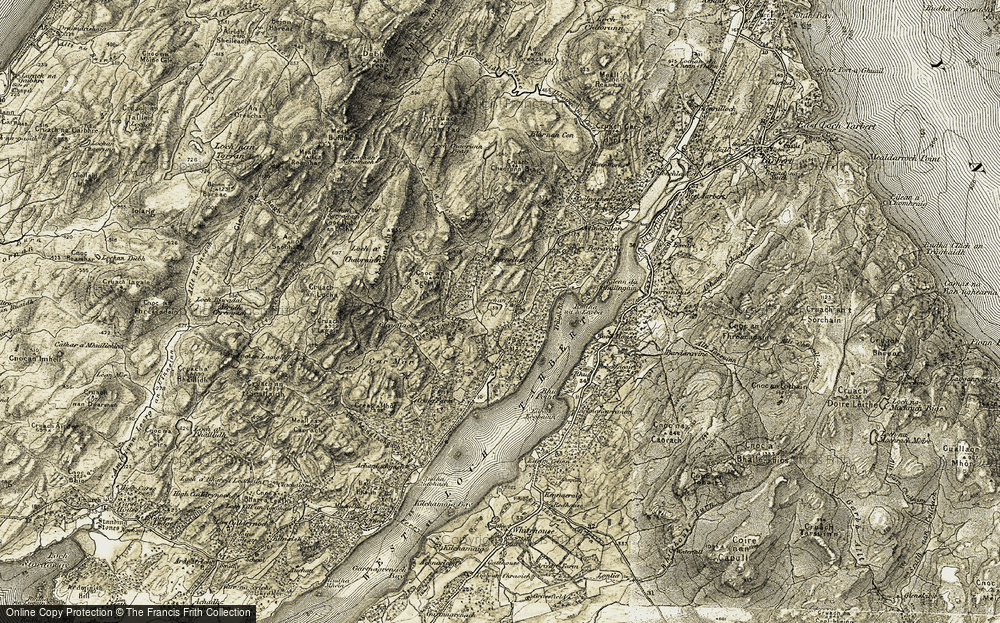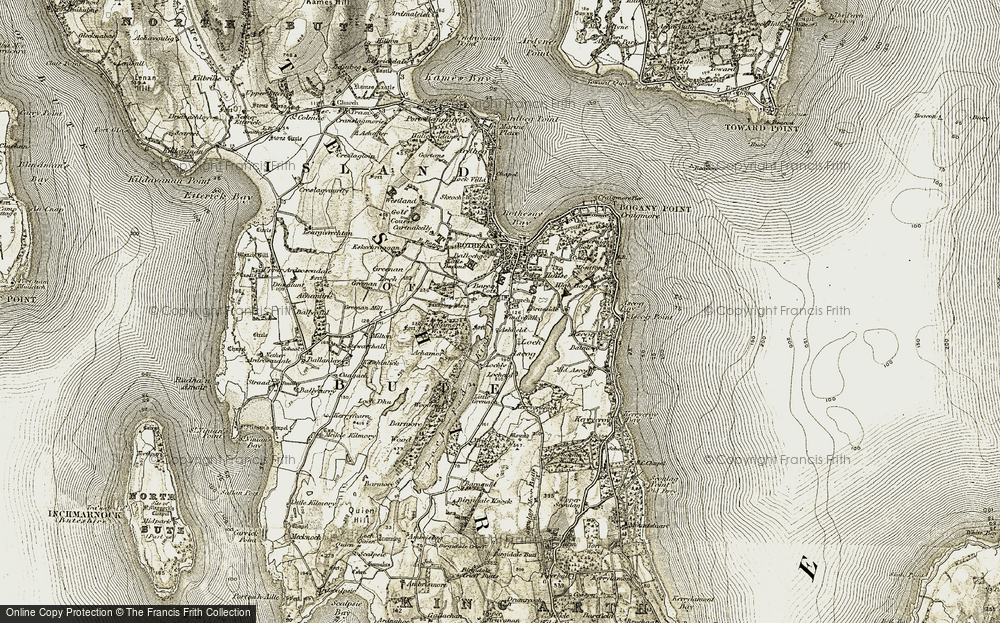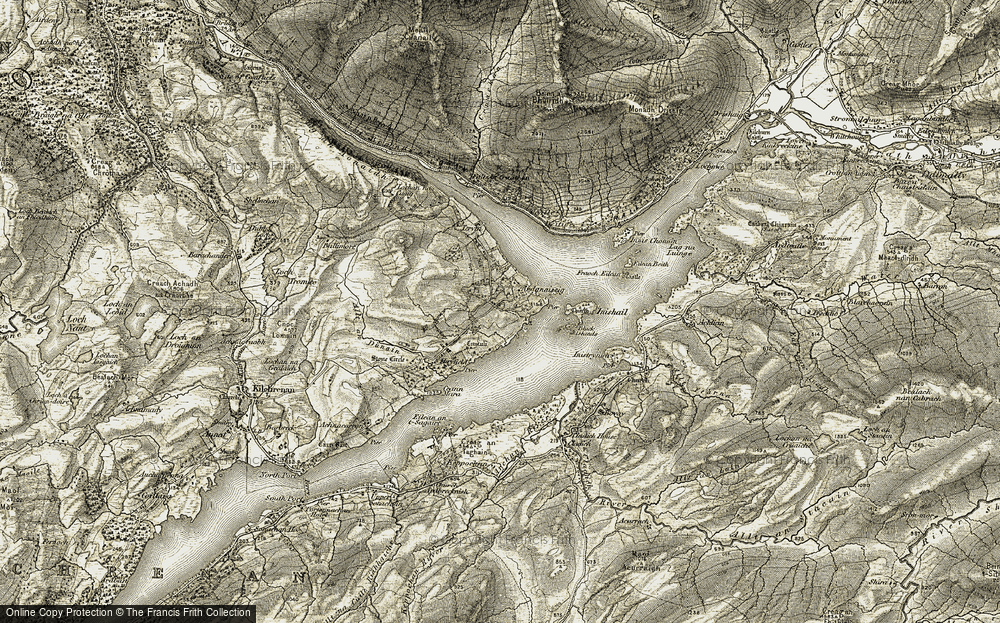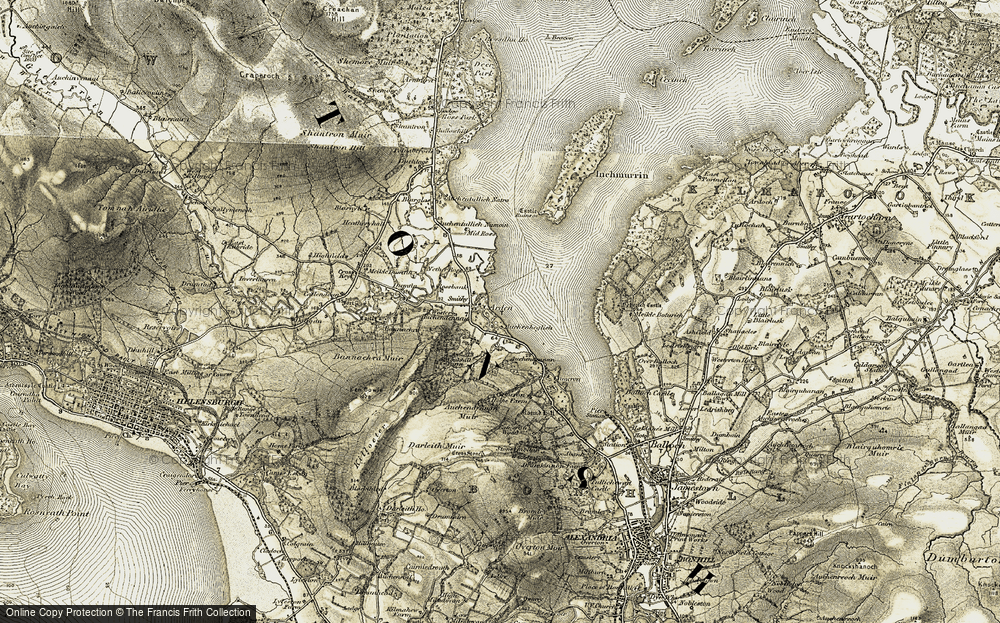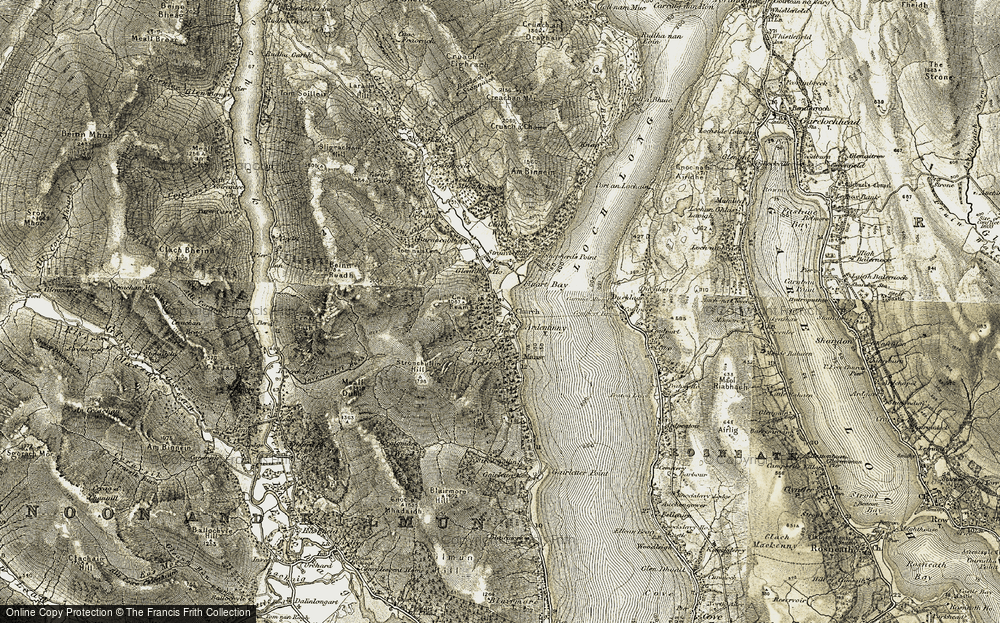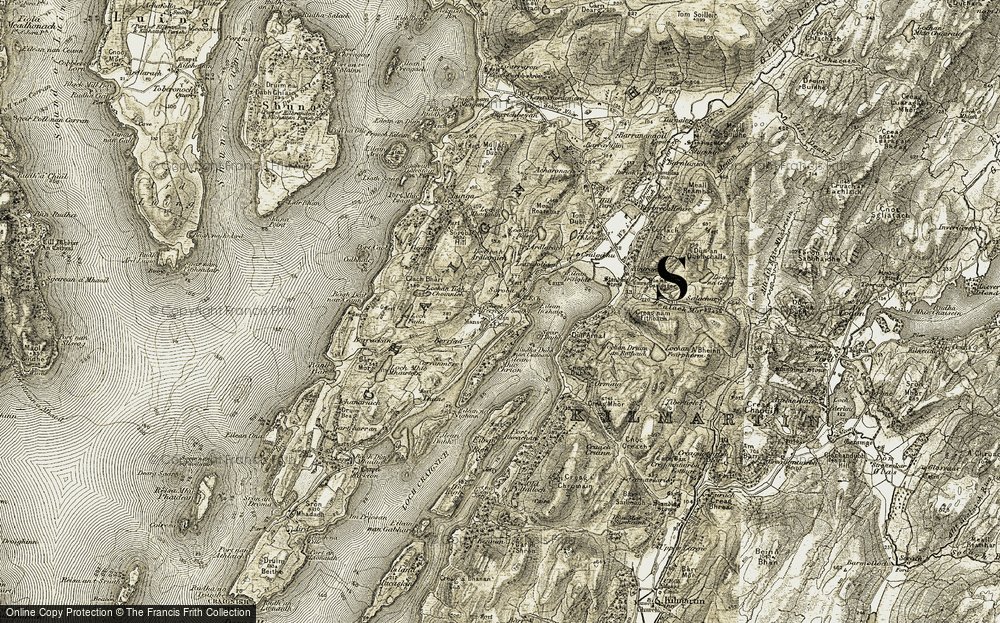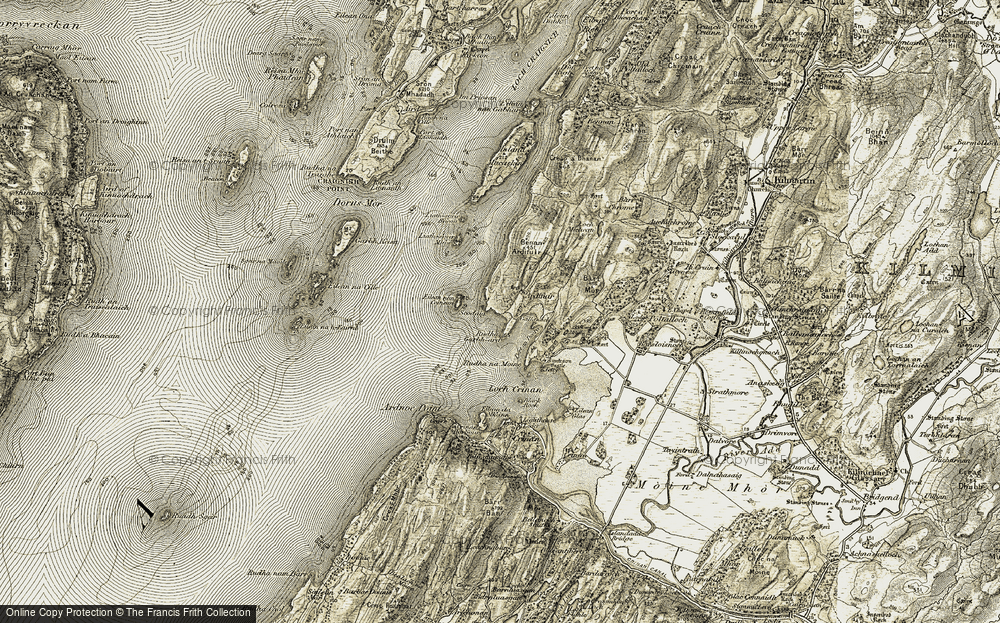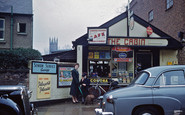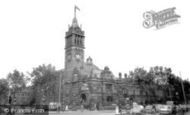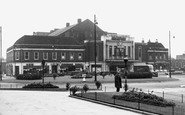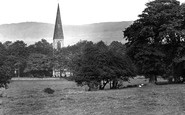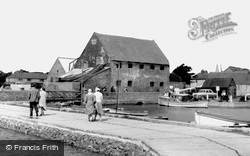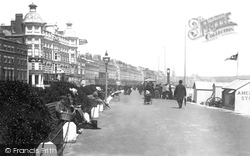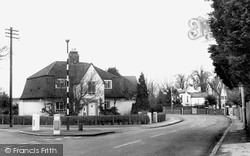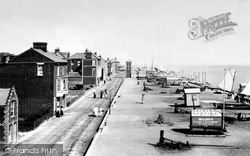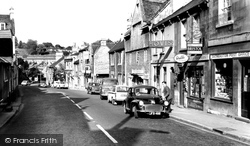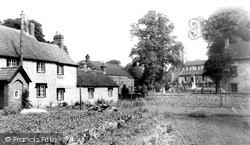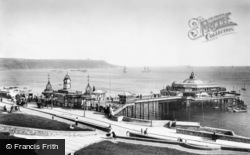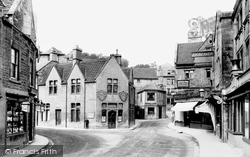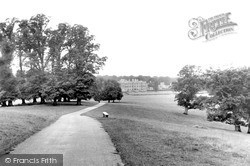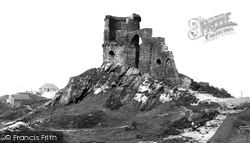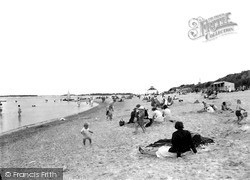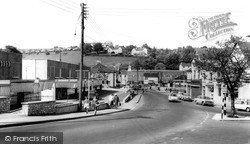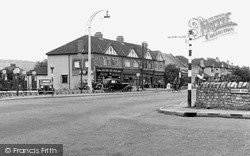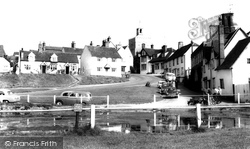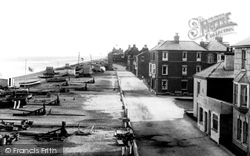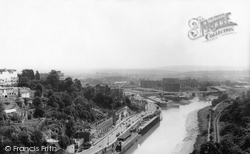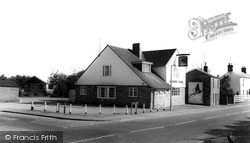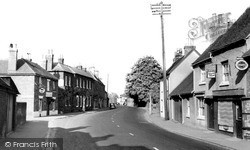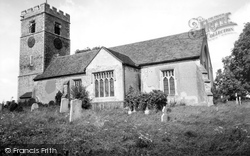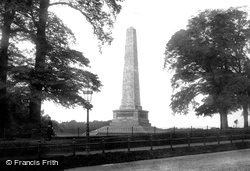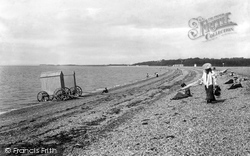Places
Sorry, no places were found that related to your search.
Photos
Sorry, no photos were found that related to your search.
Maps
1,353 maps found.
Books
3 books found. Showing results 385 to 3.
Memories
2,048 memories found. Showing results 161 to 170.
Born 18 January 1937
First i must tell another story when Charlie Chaplin and Sidney lived with my Grandfather Charlie Ssampson in 23 King Street Gillingham Kent.Coly Goodman American Bought the Gem bottom of King Street in 1909 ,,Needed a ...Read more
A memory of Wealdstone by
Back To The Search April 2009
Have returned to Cornwall to try tracing some of the ancestors through graveyards and the Mormon Centre. Also found a brilliant library in Redruth on the day we were going home and found written info on John ...Read more
A memory of Prussia Cove by
Back To Real Life
I was born at 138 Burgess Road in East Ham and remember a shop on the corner I used to frequent before school, Ottaways or something like like. I used to get 1 old pence to spend on sweets, either 8 black jacks or 8 fruit salads. I ...Read more
A memory of East Ham by
Bad Memories
I was that place, nothing but bad memories. I am now 62 and never foget that place, I remember when I was about eight or nine we were made to go a long run and one of the lads said he did not feel well, but he was made to do it. ...Read more
A memory of Stanhope by
Baglan A Wartime Paradise
My Dad did his army training adjacent to Baglan during WW2. The hastily built barracks did not have enough bathroom facilities and asked local residents for permission for soldiers to have a bath in their houses. A super-kind ...Read more
A memory of Baglan
Bakehouse Lane
I was born at no 36 Church Street...it's not there now but 'Nip' Denton's family lived one side and the Parker's the other. My brother, Peter, was born at the bottom of Bakehouse Lane and my Grandmother lived in a bungalow next door to ...Read more
A memory of Gawber by
Ballroom Dancing
I used to go to ballroom dancing classes in rooms above the Broadway cinema in or around 1962. I would have been 10 or 11. I learned the waltz and the quickstep, both at a very basic level. At the end of the course, we took an exam . I ...Read more
A memory of Eccles
Bamford Parish Church No One Cares Anymore
A churchyard is a place where families can be near their deceased loved ones, a calm and beautiful place surrounded by trees and flowers, but that is not the case in Bamford churchyard. The grass and ...Read more
A memory of Bamford in 2009 by
Banbury Street And Price's Candle Factory
From the end of WWII until Sept 1957, my parents rented rooms in one of the houses in Banbury St that still stands. I was five when we moved to Surrey but have vivid memories of the house. I remember the ...Read more
A memory of Battersea by
Bank House Yoxford
When I was a child, my great-aunt, Mrs Judith Pheby, lived in Bank House, Yoxford, and was its caretaker. The bank only visited the village once a week, I think, and the rest of the time the bank was closed. The house is on the ...Read more
A memory of Yoxford in 1959
Captions
1,059 captions found. Showing results 385 to 408.
The old tide mill overlooking the quay at Emsworth, once Chichester Harbour's main port and an important centre for the oyster trade.
Weymouth owes its origins as a favourite resort to the patronage of George III and of the rest of fashionable Georgian society, who travelled to the town to take up the new 'cure' of sea bathing.
Dominating its rather mundane surroundings, Holy Rood Church, built between 1883-90, was the inspiration of J F Bentley, later to be the architect of London's Westminster Cathedral, and its brickwork
As with so many towns to the west of London, Cranford lies on the old stagecoach route to the fashionable city of Bath.
We are looking in the opposite direction from 72955 (pages 52-53) along the Esplanade, with the tower of the town church of Holy Trinity to the left of the clock tower.
We are looking north at the North Lookout.
The main road from London follows the Fosse Way here into Bath. Trams, originally horse-drawn, once ran along the same route.
More accurately, this is the rear of Church Street; modern detached houses have been developed in the allotment-style gardens.
Plymouth never quite achieved the status of being a major seaside resort, though tourists have always bathed from its beaches and promenaded across the famous Hoe.
Most of the town's finest buildings are Georgian - the woollen mills and the merchants' houses. Bath stone was used for many of the buildings.
It sits comfortably in 900 acres of landscaped grounds, which were designed by Capability Brown.
Mow Cop could be said to be the birthplace of the Primitive Methodist movement, for it was here in 1807 that Hugh Bourne (1772-1852) and William Clowes (1780-1851) held their first meetings.
Now a National Trust property and open as a museum, this stone, brick and timber building is said to be the smallest town hall in Britain.
Although Wells is a natural seaside resort with a soft sandy beach and shallow sea for bathing, the lookout and lifeboat station in the background mark the possibility of dangers, particularly for those
In the 19th century this area was the centre of a busy coal mining industry.
Saltford's original village lies on a hillside tunnelled underneath by the Great Western Railway.
This must be the best-known view in Essex. Where would manufacturers of calendars be without it?
This view looks south from one of the two lookout towers on the beach.
Clifton became a fashionable spa in the 18th century, and for a time even rivalled Bath.
This public house has changed very little - the white boarding is now black, and the poster for Greene King Harvest Brown Ale has gone.
The village lay on the A4 Bath road, but it is now a by- passed backwater with the roar of the M4 within quarter of a mile. Traffic levels are almost back to those of the 1950s.
St Andrews Church is thought to be the oldest church in Harlow. King Harold was the founder of Waltham Abbey.
This 204ft (63m) high obelisk on the south side of the main road was designed by Robert Smirke and believed to be the highest in the world at the time.
Just a handful of people and two bathing machines can be seen in this late-Victorian photograph of Stokes Bay.
Places (0)
Photos (0)
Memories (2048)
Books (3)
Maps (1353)


